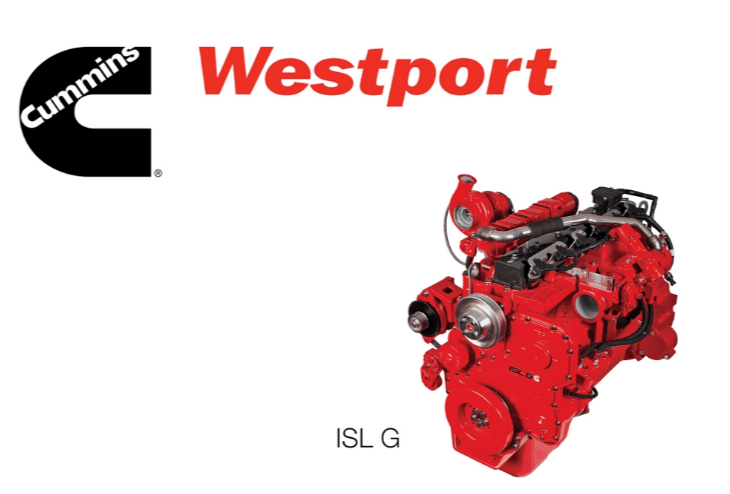New Flyer of America Inc. has announced that it will now offer the “Near Zero” version of Cummins Westport’s 8.9-liter ISL G engine for natural gas-fueled transit vehicles.
According to New Flyer, this move makes it the first transit manufacturer to offer the certified engine, delivering the first original equipment manufacturer (OEM) installation of a 2016 Cummins Westport ISL G Near Zero (ISL G NZ) engine in the third quarter.
The company states that the ISL G NZ natural gas engine will be used to power a New Flyer Xcelsior XN40 bus for the Los Angeles County Metropolitan Transportation Authority, which operates the largest natural gas engine vehicle fleet in North America.
This ISL G NZ NOx natural gas engine is the first mid-range engine in North America to receive certification to meet the 0.02 g/bhp-hr. optional Near Zero NOx Emissions standards from both the U.S. Environmental Protection Agency (EPA) and the California Air Resources Board.
This certification represents a 10-fold emissions reduction below current EPA nitrogen oxide (NOx) emissions standards. The engine also operates at 90% below the Particulate Matter standard and 16% below the C02 emissions standard. In addition to the dramatic reduction in NOx, the ISL G NZ features Closed Crankcase Ventilation, reducing engine-related methane emissions by 70%, enhancing its greenhouse-gas benefits.
Wayne Joseph, New Flyer’s executive vice president, comments, “We are proud to be the first OEM to factory install this industry-leading clean engine. New Flyer has delivered over 6,000 natural gas transit buses that operate to ranges of over 350 miles without refueling. Cummins Westport advancements in CNG internal combustion and after-treatment technology has helped transit customers meet stringent clean air requirements, powered by low-cost natural gas.”
In addition to compressed natural gas (CNG) propulsion, New Flyer has experience with electric propulsion in the industry, including electric trolley, electric hybrid, battery-electric and fuel cell electric systems.







